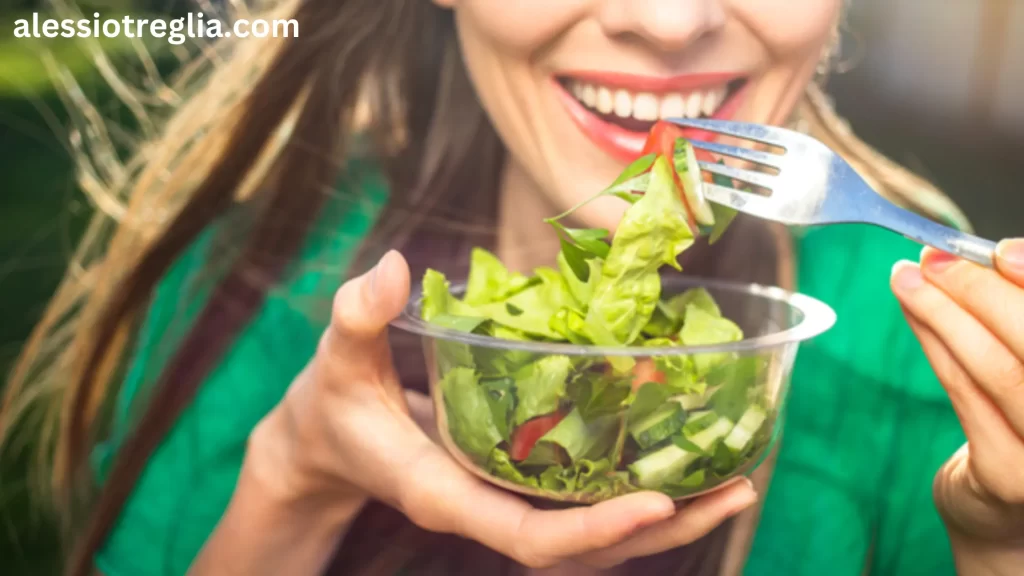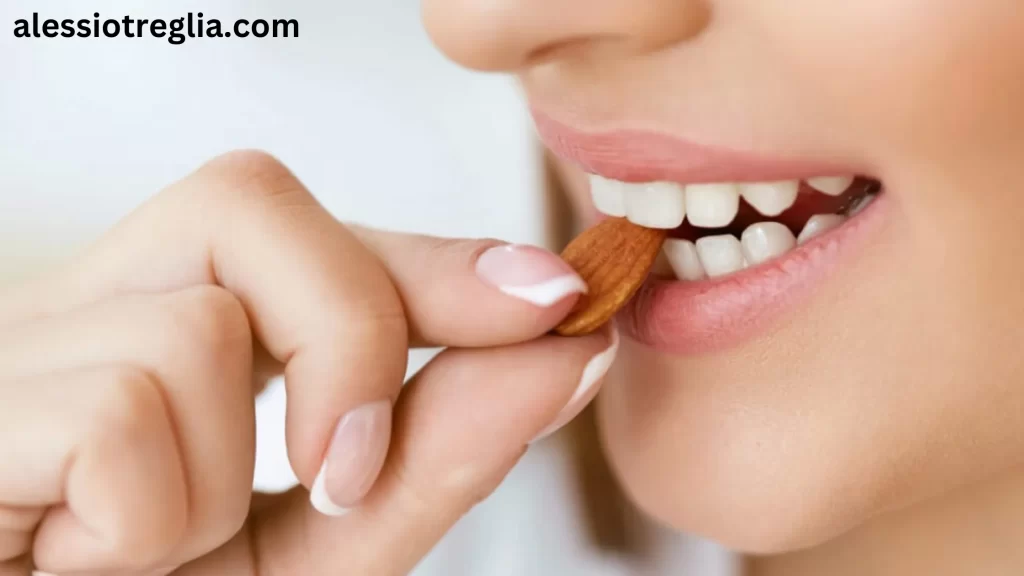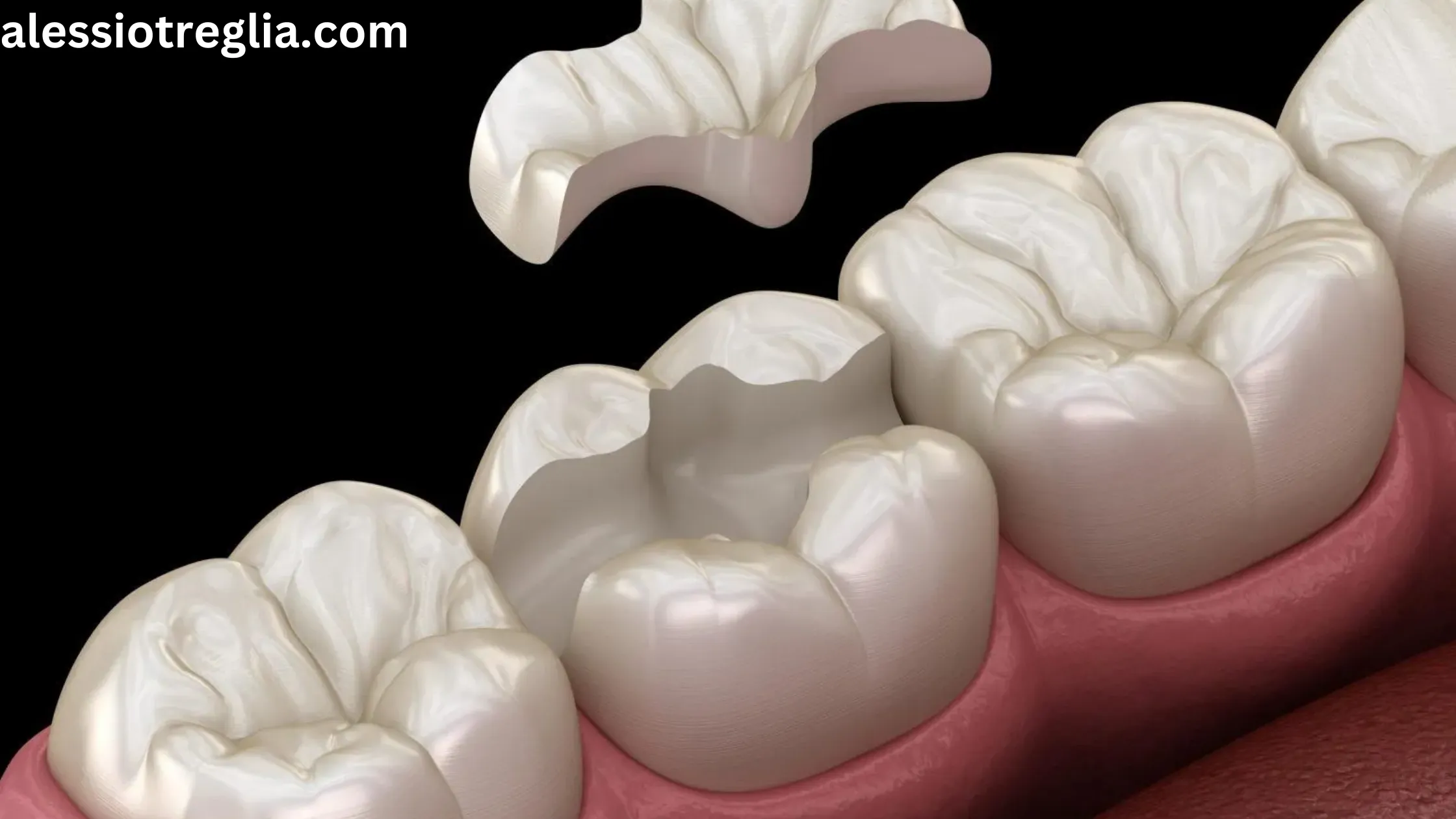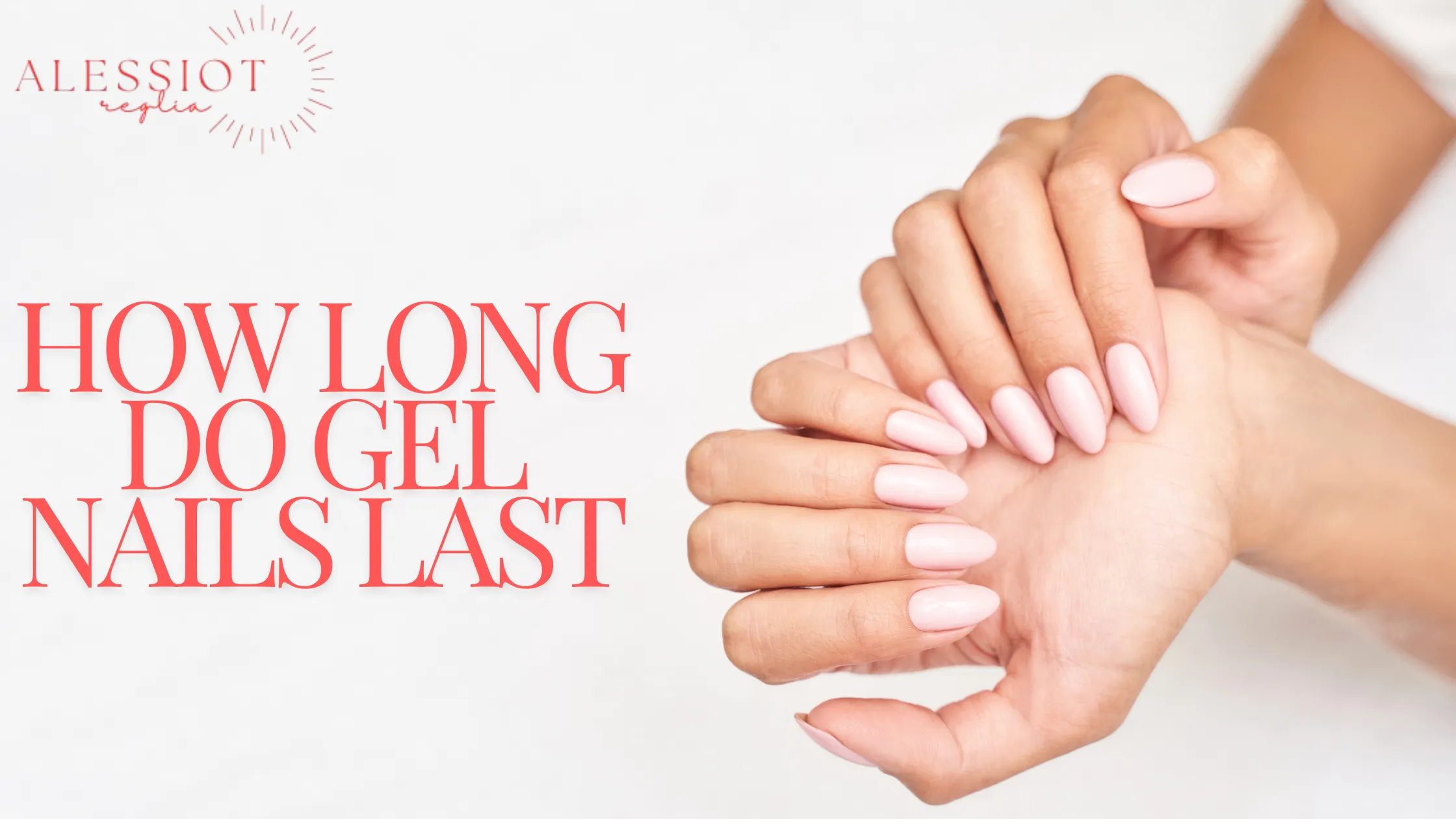Can You Eat After a Filling? Avoid These Common Mistakes
Table of Contents
Getting a dental filling is a common experience, but many wonder, can you eat after a filling? While you might be tempted to eat as soon as you leave the dentist’s office, it’s important to know the right steps to follow for a quick and healthy recovery. In this guide, we’ll explore whether you can eat after a filling, and highlight some common mistakes to avoid. Following these tips will help protect your teeth and ensure your filling lasts as long as possible.
Can You Eat After a Filling? Here’s What You Need to Know

After you’ve had a filling, you might be wondering, can you eat after a filling? The answer depends on the type of filling you’ve received. Some fillings harden quickly, while others take longer. For example, composite fillings typically harden fast, allowing you to eat within a couple of hours. However, silver amalgam fillings can take up to 24 hours to fully harden. So, it’s important to ask your dentist about the type of filling and when it’s safe to eat.
Mistake 1: Eating Too Soon
One of the biggest mistakes people make is eating too soon after a filling. If you eat before the filling is properly set, you risk damaging it. This is especially true if you have a silver filling, which takes longer to harden. Try to wait at least a few hours, or follow your dentist’s instructions carefully. Eating soft foods that don’t require much chewing can also help reduce the risk of damaging the filling.
Also Read: What Food Can You Eat with an Abscessed Tooth? Safe & Soothing Options
Mistake 2: Choosing the Wrong Foods
Can you eat after a filling? Yes, but what you eat matters. After a filling, your teeth might be sensitive, so it’s a good idea to avoid hard, sticky, or crunchy foods for the first day or two. Foods like nuts, candies, or tough meats can put pressure on the filling, causing it to crack or dislodge. Instead, choose soft foods like yogurt, soup, or mashed potatoes to avoid irritating the area around the filling.
Mistake 3: Forgetting About Temperature Sensitivity

Right after a filling, your teeth might be more sensitive to hot or cold foods. Eating or drinking something that’s too hot or cold can cause discomfort or even pain. It’s a good idea to avoid extreme temperatures in your food and drinks for the first few days. Stick to foods and beverages that are closer to room temperature to avoid irritating your teeth.
Mistake 4: Ignoring Numbness
If your dentist used a numbing agent during the filling process, you might still feel numb in your mouth for a few hours afterward. This numbness can make it hard to chew properly, and you could accidentally bite your tongue, cheek, or lip. To avoid this, it’s best to wait until the numbness wears off before eating anything. This will reduce the risk of injury and help you enjoy your meal more comfortably.
Mistake 5: Skipping Oral Care After a Filling
After a filling, it’s important to continue taking care of your teeth. Many people think they can skip brushing or flossing because of the filling, but this can lead to bigger problems. Bacteria can still build up around the filled tooth, leading to decay or infection. Be sure to brush and floss regularly, but do so gently around the area where you had the filling.
Also Read: Can You Eat After a Filling? Avoid These Common Mistakes
Mistake 6: Not Following Up with Your Dentist
Can you eat after a filling? Yes, but following your dentist’s advice is key. Sometimes, even if you’re careful, you might feel pain or sensitivity in the filled tooth. It’s critical to get in touch with your dentist if this occurs. They can check if there’s an issue with the filling or if something else needs attention. Regular dental visits will also help you maintain healthy teeth and ensure that your filling stays in good condition.
Foods to Eat After a Filling

After a filling, you might be wondering what you can eat. Here’s a list of tooth-friendly foods that are gentle on your teeth and help promote recovery:
- Mashed Potatoes: Soft and easy to chew.
- Yogurt: Creamy and gentle on sensitive teeth.
- Soup: Warm (but not too hot) soup is soothing and doesn’t require much chewing.
- Applesauce: A soft option that provides some sweetness without harming your teeth.
- Eggs: Scrambled eggs are soft, making them easy to eat after a filling.
These foods are not only easy on your teeth but also nutritious, helping your body heal faster.
Also Read: Can You Collect Unemployment If Fired? Shocking Truth Revealed
Foods to Avoid After a Filling
While soft foods are a good choice, some foods should be avoided to protect your filling:
- Hard Candies: Can crack the filling.
- Sticky Foods: Like caramel or gum, which can pull the filling out.
- Ice: Chewing ice can damage your filling.
- Crunchy Snacks: Chips or popcorn can put stress on the filled tooth.
Avoid these foods for at least a day or two after your filling to keep your teeth and filling safe.



